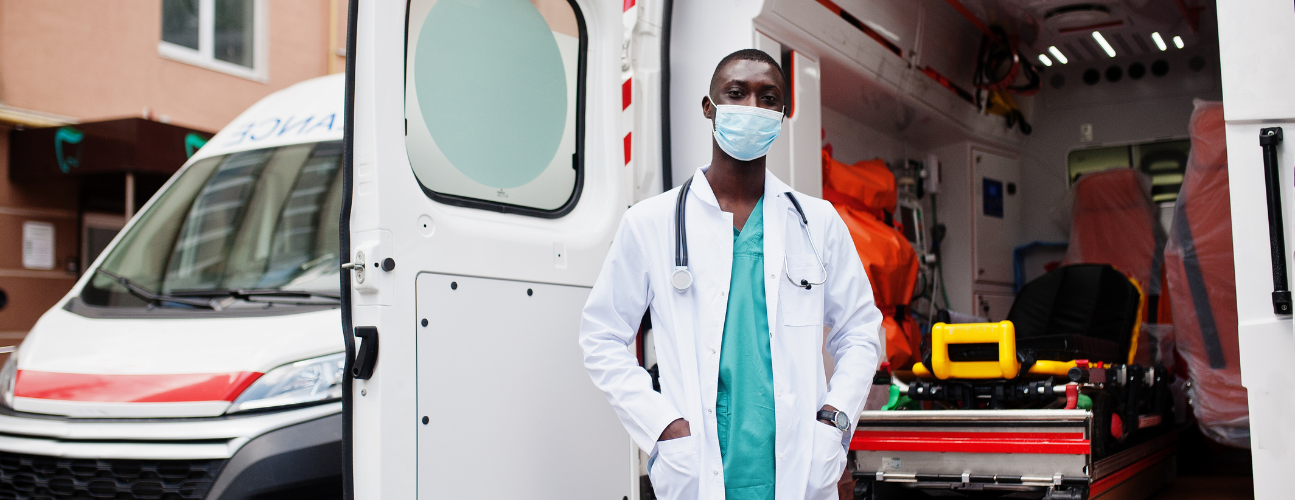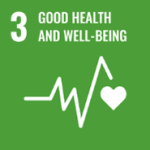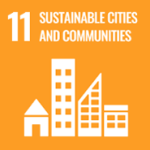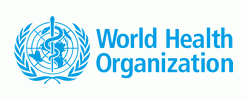
Areas of Impact
Country
Road traffic injuries, particularly motorcycle and motor vehicle crashes, are the 4th leading cause of inpatient deaths in Uganda. More than 50% of crash injuries are due to motorcycle crashes, while vehicles account for 19%. Urban areas and districts intersected by major highways, such as Mukono district, experience a high number of road traffic crashes. For instance, in the 2021/2022 financial year, central Uganda, where Mukono district is located, accounted for 41% of crashes. Unfortunately, Mukono district has only one functional ambulance to respond to these crashes, which is manned by a poorly or non-trained staff.
While accepting that prevention remains a cornerstone for reducing road traffic fatalities, implementing key interventions to address crashes is essential. This includes establishing and equipping trauma teams and trauma centers, increasing well-equipped ambulance coverage to crash victims, ensuring appropriate resuscitation services and well-managed first aid services to control bleeding and use of technologies. Such measures, including medicines and radiotherapy to control bleeding, can prevent up to 35% of road traffic-related mortalities.
With the current increasing trends of mortality due to crashes in Uganda, it is imperative to focus on inclusive immediate post-crash care, dispatch and ambulance systems, and hospital-level care, including EMS services data collection and documentation that incorporates child-focused EMS.
This project's solutions are designed to provide 24/7 emergency medical services, including on-the-scene first aid to the victims, well-equipped ambulatory services, toll-free communication, an EMS coordination structure at the district level, and data collection sharing.
In addition, this will equip first responders, including traffic police officers, selected boda-boda riders, and community health workers who make the bulk of bystanders, with first aid and resuscitation skills, ambulance dispatch requests, and basic first aid, including the provision of basic first aid equipment.
To improve documentation and information sharing, the project will deploy an EMS app accessible to the public and all duty bearers, including emergency medical teams and trauma centers, and linked to the central EMS server and DHIS2 to provide real-time road traffic crash information to support improved care.
1
SUPPORT TO ESTABLISH COORDINATION MECHANISMS, ADVOCACY, ENSURE OVERSIGHT AND IN DRAFTING LEGISLATION FOR STANDARDS FOR DATA COLLECTION ON POST-CRASH RESPONSE AND INVESTIGATION.
2
SUPPORT TO ESTABLISH TRAUMA TEAMS, BUILD CAPACITIES OF RESPONSE TEAMS, PROVIDE CHILD-FOCUSED HOSPITAL TRAUMA CARE SERVICES AND TO THE BROADER COMMUNITY IN WHICH CHILDREN AND YOUTH LIVE.
3
SUPPORT DISTRICT WITH EMS EQUIPMENT, INCLUDING 3 AMBULANCES, EQUIPPING TRAUMA CENTERS AND FIRST RESPONDERS INCLUDING PROCURING FIRST AID KITS, CHILD-FOCUSED EQUIPMENT, AND STRATEGY FOR SCALE-UP AND SUSTAINABILITY.
4
SUPPORT THE DISTRICT IN ADOPTING THE USE OF SUPPORTIVE COMMUNICATION TECHNOLOGY, LINKING OF DATA SYSTEMS, MONITORING AND EVALUATION, AND INTEGRATION OF AGREED STANDARD TRAUMA INDICATORS IN THE DHIS 2.







